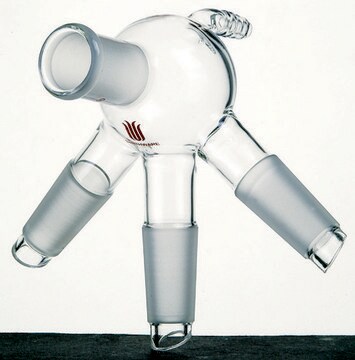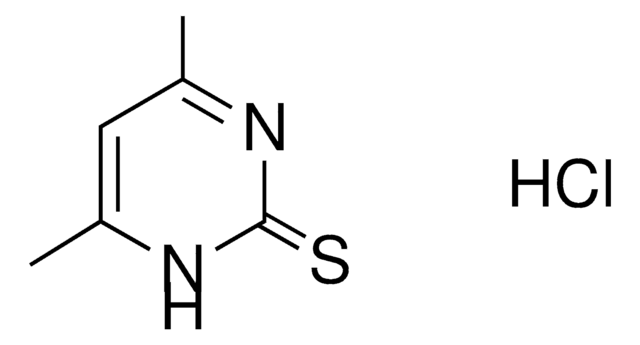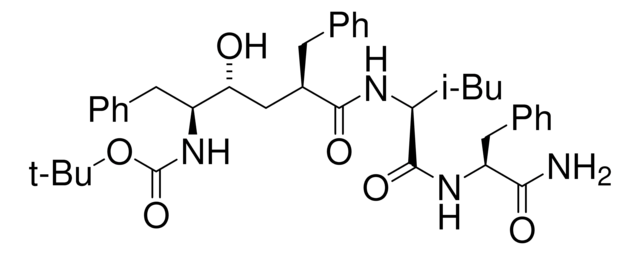SCC180
OECM-1 Human Oral Squamous Carcinoma Cell Line
Human
Synonym(s):
OECM1, OEC-M1
About This Item
Recommended Products
Product Name
OECM-1 Human Oral Squamous Carcinoma Cell Line, OECM-1 human oral squamous carcinoma cell line is suitable for studies of cancer cell signaling, epithelial-mesenchymal transition (EMT), metastasis, invasion, and cancer cell stemness.
biological source
human
technique(s)
cell culture | mammalian: suitable
General description
Source:
The OECM-1 human oral cavity squamous cell carcinoma cell line was derived from surgical resection of a primary tumor of a Taiwanese male patient .
Cell Line Description
Application
Cancer
Quality
• Cells are tested negative for HPV-16, HPV-18, Hepatitis A, B, C, and HIV-1 & 2 viruses by PCR.
• Cells are verified to be of human origin and negative for inter-species contamination from rat, mouse, chinese hamster, Golden Syrian hamster, and non-human primate (NHP) as assessed by a Contamination CLEAR panel by Charles River Animal Diagnostic Services.
• Cells are negative for mycoplasma contamination.
• Each lot of cells is genotyped by STR analysis to verify the unique identity of the cell line.
Storage and Stability
Disclaimer
Storage Class Code
12 - Non Combustible Liquids
WGK
WGK 1
Flash Point(F)
does not flash
Flash Point(C)
does not flash
Certificates of Analysis (COA)
Search for Certificates of Analysis (COA) by entering the products Lot/Batch Number. Lot and Batch Numbers can be found on a product’s label following the words ‘Lot’ or ‘Batch’.
Already Own This Product?
Find documentation for the products that you have recently purchased in the Document Library.
Our team of scientists has experience in all areas of research including Life Science, Material Science, Chemical Synthesis, Chromatography, Analytical and many others.
Contact Technical Service





